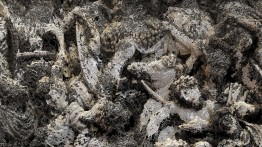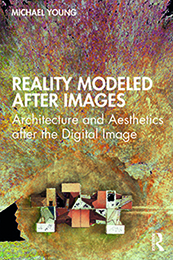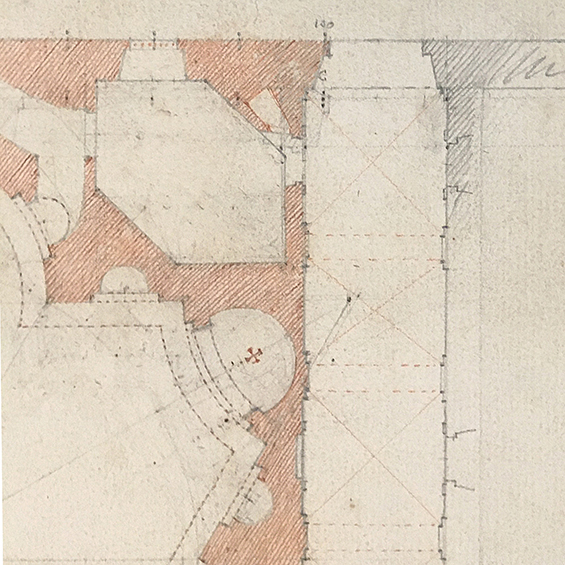Michael Young’s Book Reviewed in The Architect’s Newspaper
POSTED ON: January 26, 2022

Photogrammetry Scan, Ludovisi Sarcophagus. Michael Young, 2020.
Assistant Professor Michael Young’s new book—Reality Modeled After Images: Architecture and Aesthetics after the Digital Image (Routledge Publishing)—is the subject of an in-depth review by Davis Richardson in The Architect’s Newspaper.
 Published in the fall of 2021, Reality Modeled After Images shows, according to Young, “how design is impacted and changed by shifts in image culture, representational conventions and technologies.” In his introduction, Young remarks that typical discussions of architecture and politics frequently overlook “what it is that architects labor over in the day-to-day negotiations that define and redefine the discipline.” Namely, conventions:
Published in the fall of 2021, Reality Modeled After Images shows, according to Young, “how design is impacted and changed by shifts in image culture, representational conventions and technologies.” In his introduction, Young remarks that typical discussions of architecture and politics frequently overlook “what it is that architects labor over in the day-to-day negotiations that define and redefine the discipline.” Namely, conventions:
“The values that define a discipline are maintained through its conventions. Conventions are what is taught, what is handed down, what links generations. They consist of tools and techniques, norms and models for the production and interpretation of what qualifies as significant work. Conventions specify acceptable modes of appearance, verify expertise, and narrate lineage. They defend the boundaries of what constitutes a discipline.”
Young interrogates these boundaries through, as Richardson notes, “a broad range of topics—including politics, labor, machine vision and surveillance capitalism, lidar and photogrammetry, and ornament, among many others—without feeling disjointed…”
“Reality Modeled After Images is organized around three central themes that come out of the École des Beaux-Arts: pochė, entourage, and mosaȉque. The pochė, or the spaces hidden from view by architectural representation; the entourage, or all the extra, ‘non-architectural’ elements that populate architectural plans and drawings such as plantings or scale figures, and the mosaȉque. All involve the rendering of surfaces, all had less to do with any one particular design solution or strategy, historically, and more to do with the classical, disciplinary methods of representing those designs, much of which has persisted to today, as Young lays out.”

Richardson further observes that “While these themes serve as an effective structural and thematic device that binds the book together, it reads like a series of longer, separate essays that could stand on their own, if they wanted, but still manage to mesh well within a larger whole. It is closer to a highly curated journal with a consistent voice than a traditional book, with only six chapters—two for each theme—yet never feels too brief nor stretched thin.”
In addition to his writing, research, and teaching at The Cooper Union, Young is a co-founder of YOUNG & AYATA, an award-winning, Brooklyn-based design practice.




